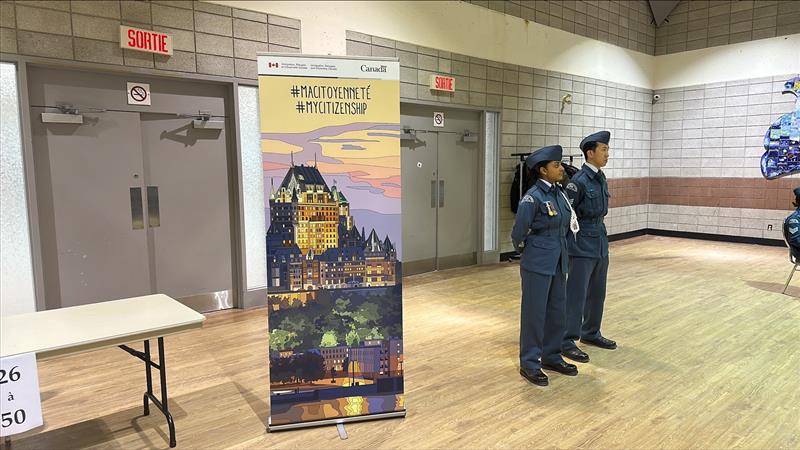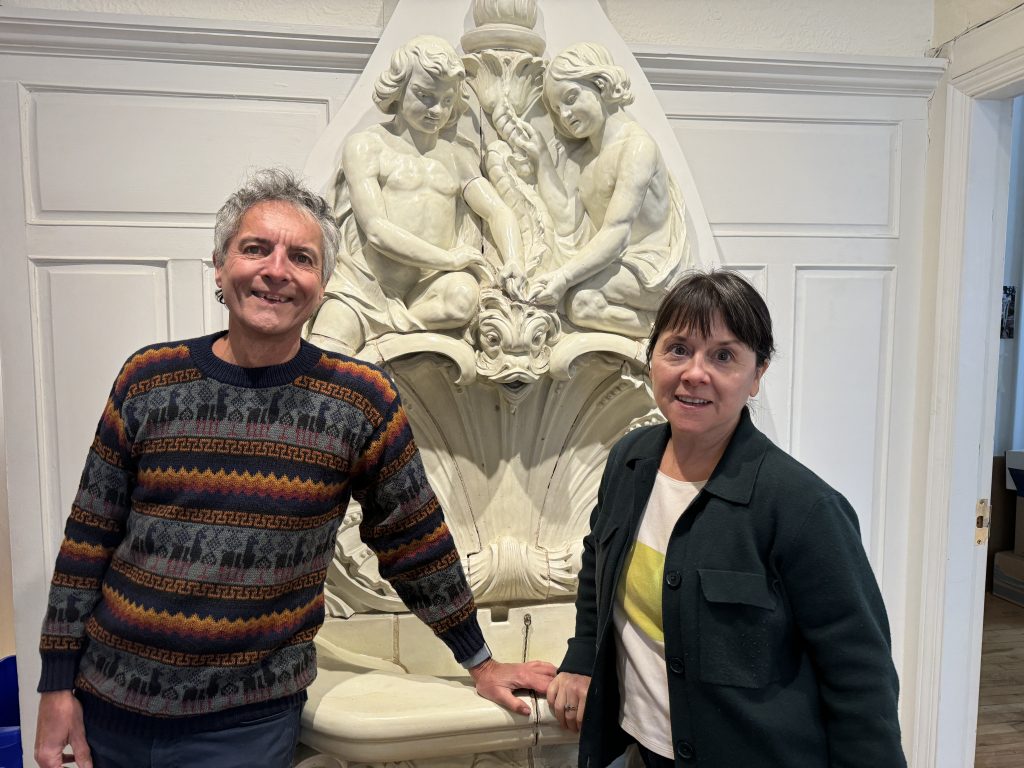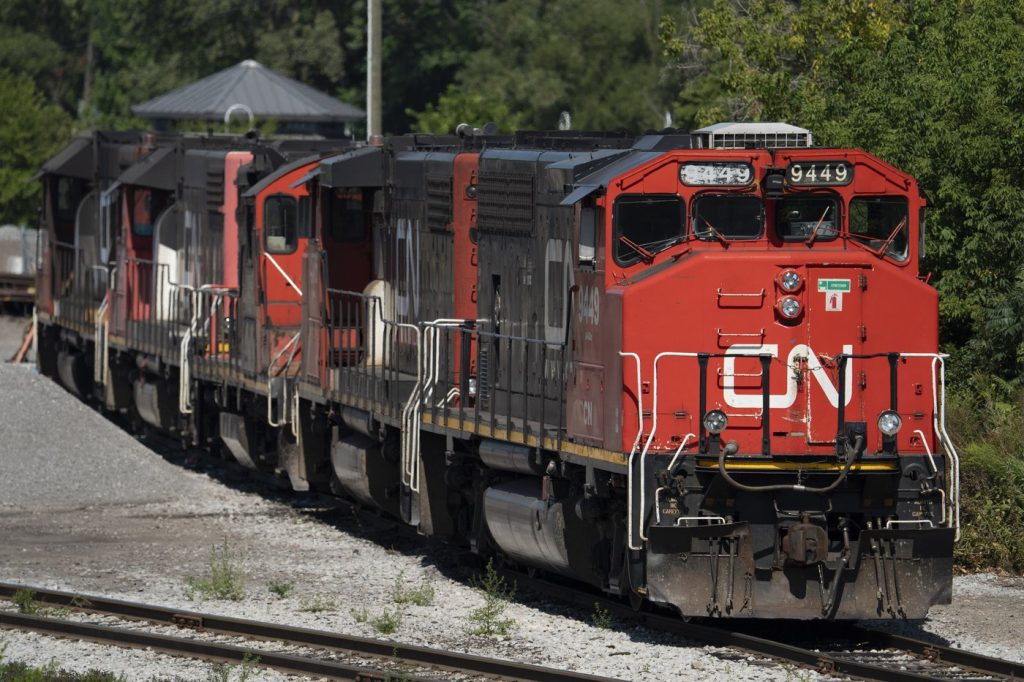Quebec public schools turn to philanthropy, but private sector cashes in

Posted September 23, 2024 3:01 pm.
Last Updated September 23, 2024 3:02 pm.
Short on funds, more and more public schools and especially school service centres are turning to philanthropy to raise more money to meet their needs.
A researcher from the Institute for Research and Development on Inclusion and Society (IRIS), examining the unequal nature of philanthropy in the education sector, was surprised to find the public network is turning to this new source of funding.
“I was surprised to see … public schools setting up foundations, charities, and I was surprised to see the number and to see the growth and I was also surprised to see that there were several private schools that had more than one charity,” said Eve-Lyne Couturier, author of the study, in an interview with The Canadian Press.
The researcher’s objective was to demonstrate that students in the private network benefit more – by far – from philanthropy than their counterparts in the public network. Private and denominational schools accounted for 92 per cent of donations to the Quebec school system, or $65.1 million, compared with $5.7 million for public schools.
IRIS, a left-leaning think-tank, has published a number of publications disputing the existence of a private school network that runs parallel to the public system, while being largely subsidized by the state. Couturier’s study adds to the argument by pointing out that not only do private schools draw their clientele from wealthier families who can afford the tuition fees charged to parents for these schools, but also that charitable donations, generally made by wealthier taxpayers, enable them to claim charitable tax credits.
She estimated the tax credits obtained for the $65 million in donations to private schools ranged from a minimum of $22 million to a maximum of $36 million. The lack of precision of this amount is due to the fact that the value of the tax credit varies according to the amount of the donation, and it would have been necessary to analyze the value of each individual donation to arrive at an exact figure.
Taxpayers pay twice
In any case, Couturier argues, all taxpayers find themselves paying twice for private schools, first through direct government funding and then through the loss of between $22-$36 million in charitable tax credits.
According to data from the 2023-2024 edition of the Ministry of Education’s “Guide général du financement, Éducation préscolaire et enseignement primaire et secondaire,” Quebec financed the private school network to the tune of $786.4 million, while parents of the children who attend them paid $481.3 million in tuition fees.
According to the same document, the private sector receives 4.4 per cent of the Ministry of Education’s total budget.
On the public side, only eight per cent of schools have a foundation or other charitable organization to raise donations. The same cannot be said of school service centres, half of which – 30 out of 61 – have registered as charities for tax purposes. In general, they receive funding from the Ministry of Education through the charitable organization they have set up.
However, as Couturier points out, “a school service centre is not a charity, it’s a parapublic organization.”
‘Something absurd’
“In a system where you don’t have any money, you look for money wherever you can, and that can be through philanthropy, but that shouldn’t be the case,” says the researcher. “If you have a generalist public school that’s valued, maybe you’d be more inclined to fund the school through donations, but it would be better to fund these schools through taxes.
“It’s supposed to be a universal, free system. There’s something absurd about having philanthropic funding on a universal system.”
The Ministry’s “Guide général de financement” makes no mention of donations in the sources of funding for public schools, whereas it does for the sources of funding for the private network.
As for philanthropy in the private education network, Couturier sees an obvious contradiction.
“There are people funding a parallel education network while our public network is falling apart. The needs are high. Charitable donations should be helping to level the playing field, not widening inequalities.”
She admits, however, that her study was not intended to find a solution to redress the balance, but rather “to look at the state of the situation and illustrate an unequal system.
“If we wanted to change things, we’d certainly have to review the structure of our education system.”
–This report by La Presse Canadienne was translated by CityNews








